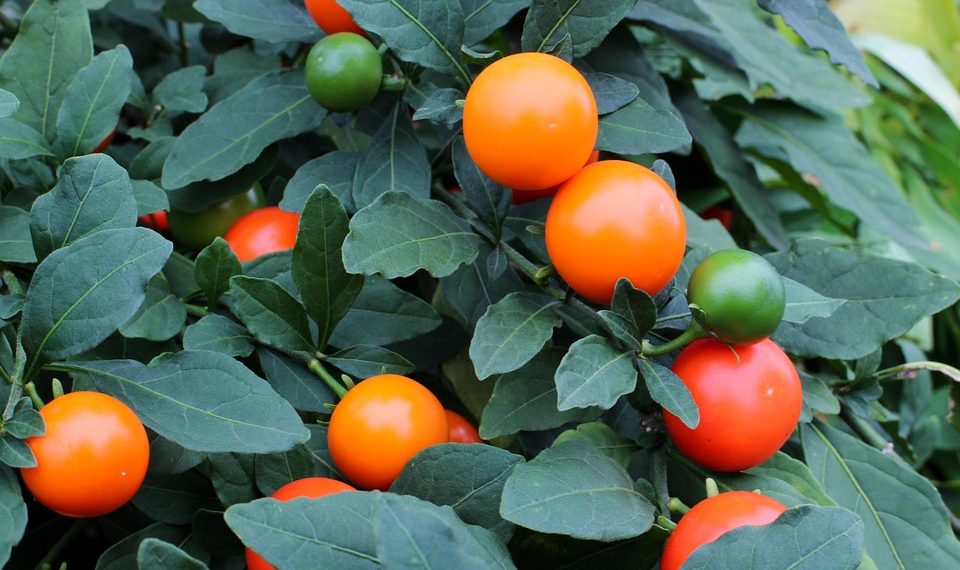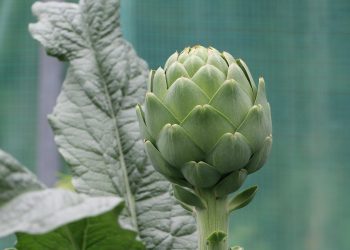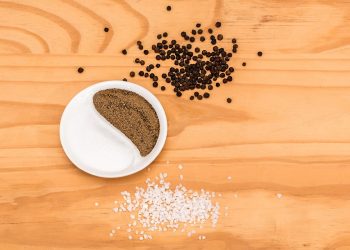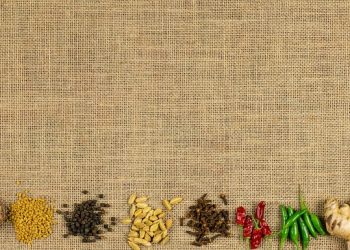Did you know that your gut health plays a crucial role in your overall well-being? It’s true! A thriving gut can boost your immune system, improve your mood, and even help with weight management. But what if I told you that adding a little spice can make a big difference? That’s right! Spicy foods, particularly those containing chili, can promote a healthy gut microbiome. So, let’s dive into five spicy recipes that not only tantalize your taste buds but also help revitalize your gut health.
Contents
Why Spicy Foods?
Before we get into the recipes, let’s talk about why spicy foods can be beneficial for gut health. Chili peppers contain a compound called capsaicin, which has been associated with various health benefits. Research suggests that capsaicin may:
- Promote digestion: It can enhance the secretion of digestive juices.
- Support gut flora: Some studies indicate that capsaicin can help promote beneficial bacteria in the gut.
- Reduce inflammation: Capsaicin has anti-inflammatory properties that may help soothe the gut lining.
But, let’s be real—too much spice can also lead to discomfort for some people, especially those with sensitive stomachs. So, moderation is key!
Now, let’s get to the tasty part: the recipes!
1. Spicy Kimchi Fried Rice
Ingredients:
- 2 cups cooked rice (preferably day-old)
- 1 cup kimchi, chopped
- 1 tablespoon sesame oil
- 1 tablespoon vegetable oil
- 2 green onions, chopped
- 1-2 tablespoons gochujang (Korean chili paste)
- 1 tablespoon soy sauce
- 1 egg (optional)
- Sesame seeds for garnish
Instructions:
- In a large skillet, heat the sesame oil and vegetable oil over medium heat.
- Add the chopped kimchi and stir-fry for about 2-3 minutes.
- Add the cooked rice, gochujang, and soy sauce. Stir well to combine.
- If you’re adding an egg, push the rice mixture to one side of the skillet, crack the egg into the other side, and scramble it until cooked. Then, mix it into the rice.
- Garnish with chopped green onions and sesame seeds before serving.
Why It’s Gut-Friendly:
Kimchi is a fermented food that’s rich in probiotics, promoting a healthy gut microbiome. The addition of chili paste adds a spicy kick and enhances digestion.
2. Spicy Chickpea Salad
Ingredients:
- 1 can chickpeas, drained and rinsed
- 1 bell pepper, diced
- 1 cucumber, diced
- 1 small red onion, diced
- 1-2 tablespoons olive oil
- 1 tablespoon lemon juice
- 1-2 teaspoons cayenne pepper (adjust to taste)
- Salt and pepper to taste
- Fresh parsley for garnish
Instructions:
- In a large bowl, combine the chickpeas, bell pepper, cucumber, and red onion.
- In a small bowl, whisk together the olive oil, lemon juice, cayenne pepper, salt, and pepper.
- Pour the dressing over the salad and toss to combine.
- Garnish with fresh parsley before serving.
Why It’s Gut-Friendly:
Chickpeas are an excellent source of fiber, which is essential for gut health. The cayenne pepper not only adds spice but may also improve digestion and promote a healthy gut lining.
3. Spicy Lentil Soup
Ingredients:
- 1 cup lentils, rinsed
- 1 onion, chopped
- 2 carrots, diced
- 2 celery stalks, diced
- 3 cloves garlic, minced
- 1 tablespoon olive oil
- 1 can diced tomatoes
- 4 cups vegetable broth
- 1-2 teaspoons chili powder (or to taste)
- Salt and pepper to taste
- Fresh cilantro for garnish
Instructions:
- In a large pot, heat the olive oil over medium heat. Add the onion, carrots, and celery, and sauté until softened.
- Add the garlic and chili powder, cooking for an additional minute.
- Stir in the lentils, diced tomatoes, and vegetable broth. Bring to a boil, then reduce heat and simmer for about 30-40 minutes, until lentils are tender.
- Season with salt and pepper, and garnish with fresh cilantro before serving.
Why It’s Gut-Friendly:
Lentils are packed with fiber and protein, making them great for gut health. The chili powder adds a spicy punch while also promoting digestion.
4. Spicy Roasted Cauliflower Tacos
Ingredients:
- 1 head cauliflower, cut into florets
- 2 tablespoons olive oil
- 1-2 teaspoons smoked paprika
- 1-2 teaspoons chili powder
- Salt and pepper to taste
- Corn tortillas
- Avocado, lime, and fresh cilantro for serving
Instructions:
- Preheat your oven to 425°F (220°C).
- Toss the cauliflower florets with olive oil, smoked paprika, chili powder, salt, and pepper.
- Spread the cauliflower on a baking sheet and roast for about 25-30 minutes, until golden and tender.
- Serve the roasted cauliflower in corn tortillas, topped with avocado, lime juice, and fresh cilantro.
Why It’s Gut-Friendly:
Cauliflower is a cruciferous vegetable that’s high in fiber and supports gut health. The spices add flavor while promoting digestion.
5. Spicy Quinoa Bowl
Ingredients:
- 1 cup quinoa, rinsed
- 2 cups vegetable broth
- 1 can black beans, drained and rinsed
- 1 cup corn (fresh or frozen)
- 1 avocado, sliced
- 1-2 tablespoons hot sauce (like Sriracha)
- 1 teaspoon cumin
- Salt and pepper to taste
- Fresh lime for serving
Instructions:
- In a medium saucepan, combine quinoa and vegetable broth. Bring to a boil, then reduce heat and simmer for about 15 minutes, or until quinoa is cooked.
- In a large bowl, combine cooked quinoa, black beans, corn, cumin, salt, and pepper.
- Serve the quinoa mixture topped with avocado slices and a drizzle of hot sauce, with lime wedges on the side.
Why It’s Gut-Friendly:
Quinoa is a complete protein and high in fiber, while black beans provide additional fiber and beneficial nutrients. The hot sauce can stimulate digestion and add a spicy kick.
FAQs
1. Can spicy foods really improve gut health?
Yes! Spicy foods, particularly those containing capsaicin, may promote digestion and support a healthy gut microbiome.
2. Are there any side effects of eating spicy foods?
For some people, especially those with sensitive stomachs, spicy foods can cause discomfort or digestive issues. Moderation is key!
3. What are some other gut-friendly foods?
In addition to spicy foods, consider incorporating fermented foods like yogurt, sauerkraut, and kefir, as well as fiber-rich foods like whole grains, fruits, and vegetables.
4. How can I start adding more spice to my meals?
Begin with small amounts of chili powder or hot sauce and gradually increase the spice level as your palate adjusts. Experiment with different types of peppers to find what you enjoy!
Conclusion
Revitalizing your gut health doesn’t have to be bland or boring. By incorporating spicy foods into your meals, you can enjoy delicious flavors while reaping the benefits for your gut. Whether it’s the tangy kick of kimchi or the warm heat of chili powder, these recipes can help you on your journey to a healthier gut. So, why not spice things up in the kitchen and see how your body responds?
Disclaimer: This article is for educational purposes only and is not a substitute for professional medical advice. Always consult a qualified healthcare provider before making changes to your health routine.
References
- Kwan, Y. M., & Kim, H. (2020). The Effect of Capsaicin on Gut Microbiota and Metabolism. Frontiers in Microbiology, 11, 557. https://doi.org/10.3389/fmicb.2020.00557
- Mayo Clinic. (2021). Probiotics: What You Need to Know. https://www.mayoclinic.org/drugs-supplements-probiotics/expert-answers/faq-20058037
- Harvard Health Publishing. (2021). The Best Foods for Gut Health. https://www.health.harvard.edu/staying-healthy/the-best-foods-for-gut-health
Get Your FREE Natural Health Guide!
Subscribe now and receive our exclusive ebook packed with natural health tips, practical wellness advice, and easy lifestyle changes — delivered straight to your inbox.














